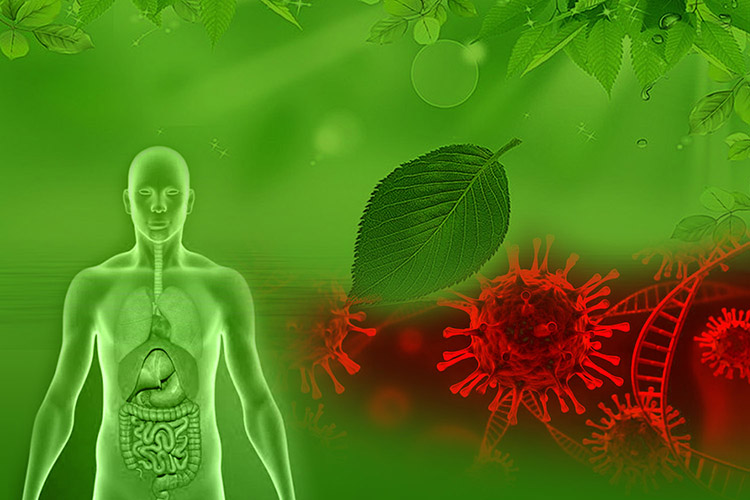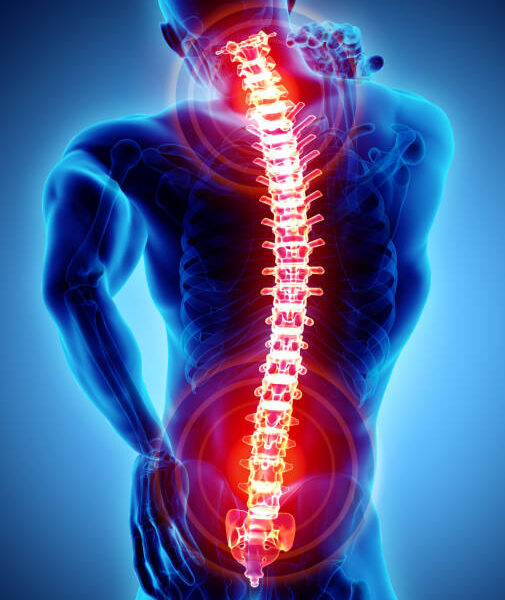Most people living on this planet store a variety of toxic metals in their bodies in different concentrations. These heavy metals have been implicated in a range of reproductive problems, infertility, birth defects, and many other chronic diseases. This is why undergoing a heavy metal detox regularly is important.
About 30% of all diseases are caused by environmental toxicity, with hazardous chemicals and toxic metals being primary.
Toxic metals are known for their detrimental health effects such as:
- reproductive system dysfunctions in males such as oligospermia or inactive spermatozoa, as well as an increased incidence of genital abnormalities.
- in women, premature births, spontaneous abortions, and low birth weight babies are becoming more common;
- the ratio of male to female offspring is changing
- cognitive developmental delays in young children is also becoming more prevalent with increases in the number of autistic children.
Signs and Symptoms of Heavy Metal Toxicity
There is both acute and chronic toxicity with heavy metals. Acute toxicity symptoms usually appear quickly and include:
- Pain, cramping, vomiting, and nausea
- Profuse sweating
- Constant headaches
- Dyspnoea and breathing problems
- Cognitive disorders with language and motor skills
- Manic state
- Convulsions and fits
Prolonged exposure resulting in chronic exposure will result in other symptoms that are likely to include learning difficulties, impaired language skills, insomnia, nervousness, and emotional instability.
Toxic metals can block the absorption and utilization of essential minerals, so the body goes into a downward spiral of deficiencies.
Here is a more conclusive list of symptoms of metal toxicity poisoning:
- Chronic pain throughout the muscles and tendons or any soft tissues of the body
- Chronic malaise — a general feeling of discomfort, fatigue, and illness
- Brain fog — state of forgetfulness and confusion
- Chronic infections such as Candida
- Gastrointestinal complaints, such as diarrhea, constipation, bloating, gas, heartburn, indigestion heartburn, and indigestion
- Food allergies
- Dizziness
- Migraines and/or headaches
- Visual disturbances
- Mood swings, depression, and/or anxiety
- Nervous system malfunctions — burning extremities, numbness, tingling, paralysis, and/or an electrifying feeling throughout the body.
Toxicity is a Growing Problem
By the end of the 1990s, more than 100,000 chemicals have been officially registered in Europe, with many of these being produced in tons.
Many of these toxins can cause cancer, while others can cause birth defects, as well as upset the balance of hormones.
These toxins are found in everything from pesticides, paints, and industrial detergents to cosmetics, furniture, and hair dyes.
Over time, they can accumulate in our water, soil, and food. They can also travel long distances on air and ocean currents, therefore contaminating people living thousands of miles from the source, as far away as the Arctic.
Avoiding the Sources of Toxic Metals
Avoiding the sources of heavy metals requires the knowledge and information that we need to seek. The most common heavy metals include arsenic, aluminium, antimony, cadmium, lead, mercury, and uranium and they are everywhere.
It is highly unlikely that even one person on the planet is free from these heavy metals.
Sometimes it is difficult to differentiate the symptoms created by heavy metals, and those from other diseases. These symptoms may include unexplained fatigue, indigestion, constipation, headaches, pain in muscles and joints, anemia, memory problems, and muscle tremors.
Given that one of the primary laws of toxicology is to avoid the toxin, then eliminating the sources of heavy metals is critical.
Heavy metals are known to cause learning disabilities and strokes and heart attacks in about 20% of patients with these ailments, and in certain areas to be a factor in over 40% of all birth defects.
Sources of Toxic Metals
Below we will examine the main sources of each of the heavy metals in turn:
Aluminium
- Aluminium Foil
- Construction materials
- Cosmetics
- Deodorants
- Drugs – description antacids
- Shampoos and creams
- Processed foods such as cheese
- Baby formulas and milk
Cadmium
- Cigarettes smoke including the e-cigarettes
- Fertilizers, Fungicides, and pesticides
- Floor coverings and furniture
- Refined foods such as wheat flour
- Silver polish
- Coal plants
- Dental appliances
- Paint pigments
- Batteries
Lead
- Canned foods
- Cigarette smoke
- Coloured glossy paints
- Cosmetics products
- Water pipes in older buildings
- Emissions from vehicles
- Drinking water
Mercury
- Dental Amalgam fillings
- Fish products including farmed fish
- Vaccines include Thimerosol
- Floor waxes and polishes
Arsenic
- Insecticides residues from vegetables and fruits
- Drinking water from the tap
- Household detergents used regularly
- Wood preservatives and other wood varnishes
Heavy metals will get into the bloodstream from what you eat such as fish that is farmed, water that is contaminated, amalgam fillings, and household cleaning products. Once in the bloodstream, they will penetrate the cells of various tissues and organs, where they can remain stored for decades.
The health effects of heavy metal toxicity are complex and can lead to damaged or reduced mental and central nervous function, as well as damage to other organ systems such as the endocrine glands, kidneys, liver, and heart.
Given that heavy metals are everywhere in our environment, then we need to ask ourselves how best to eliminate these from our bodies.



